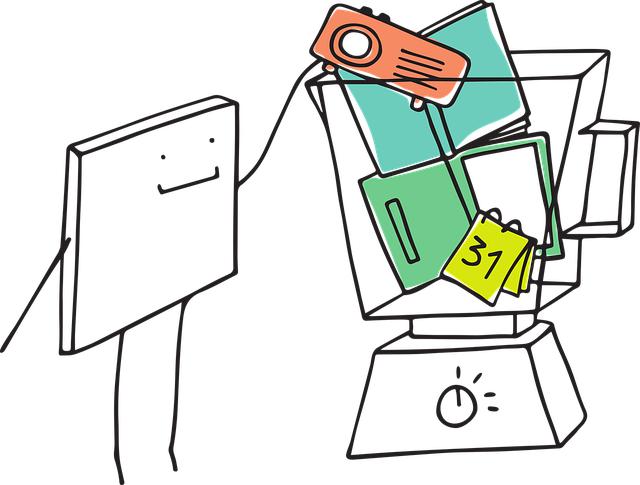As the world transforms into a global village, education is reimagining itself into a creative cyborg of traditional and digital learning. Picture a juggler adeptly maneuvering both virtual and tactile learning tools in an astounding feat of educational acrobatics - Welcome to the captivating high-wire act of blended learning! At the heart of this revolution lies the challenge of creating a harmonious balance that caters to every learner. In this realm, one size definitely does not fit all! In this thought-provoking expedition, we pull back the curtains on this balancing act, exploring the dynamic ways blended learning approaches can be constructed to cater to a diverse range of learners. Hitch a ride with us on this enlightening journey towards redefining educational experiences!
In today’s educational landscape, one of the major challenges teachers face is how to strike the balance between traditional, face-to-face instruction and the new possibilities offered by digital learning environments. This “Navigating the High Wire” of blended learning can seem daunting, but when implemented effectively, it offers many benefits. It allows for greater personalization of learning, fosters learner autonomy, and equips students with the digital literacy skills they will need in their future careers.
- Flexibility and Adaptability: A blended learning approach allows for a flexible learning environment where curriculum can be adapted to fit the learners’ individual needs.
- Digital Literacy Skills: By incorporating digital tools into the learning process, students are gaining valuable skills they will need in the 21st century.
- Engagement and Motivation: Technology often engages students and can make learning more interactive and fun.
- Personalisation of Learning: Online learning components can be customized to fit the specific learning needs and pace of each student.
To achieve a successful “Juggling Act” of this amalgamation, the educators must employ practical strategies to engage students both online and in-person, leveraging the strengths of each modality. This could include, flipping the classroom, where students learn new content online by watching video lectures, then come to class to work on projects or experiments. Doing so can maximize face-to-face time for engaging, interactive activities that enrich the learning experience.
However, a raw blend of digital and face-to-face instruction is not enough. Teachers must also ensure they’re “Tipping the Scale” towards fair and equitable access to blended learning. This includes considering factors like digital literacy skills, reliable internet access and providing additional support and resources for those who may struggle with independent online learning.
Lastly, the importance of “Unraveling the Safety Net” cannot be overstated. Blended learning should never be a ‘one size fits all’ approach. Teachers must be prepared to offer personalized recommendations, remediation, and accommodations depending on the unique needs of each student. For instance, offering a choice enables the learner to engage in the way that suits them best. This empowers every student to take ownership of their learning journey, ultimately leading to more meaningful, lasting learning outcomes.
There’s a delicate dance afoot in the world of education: the twirl of blended learning. As we close this analysis, we hope the rhythm of this approach resonates within you. Balancing traditional instruction with modern digital learning can indeed strike a chord, presenting both harmony and challenges. While stepping to the beat of blended learning, strive to meet each learner’s needs without missing a beat. Like choreographing a complex dance, blended learning might take time, effort, and several rehearsals, but the end-results can be as mesmerizing as a finely-tuned ballet. Let us all commit to mastering this intricate balance in the classroom for our lifelong learners. The stage is yours; let the blended learning dance begin.















